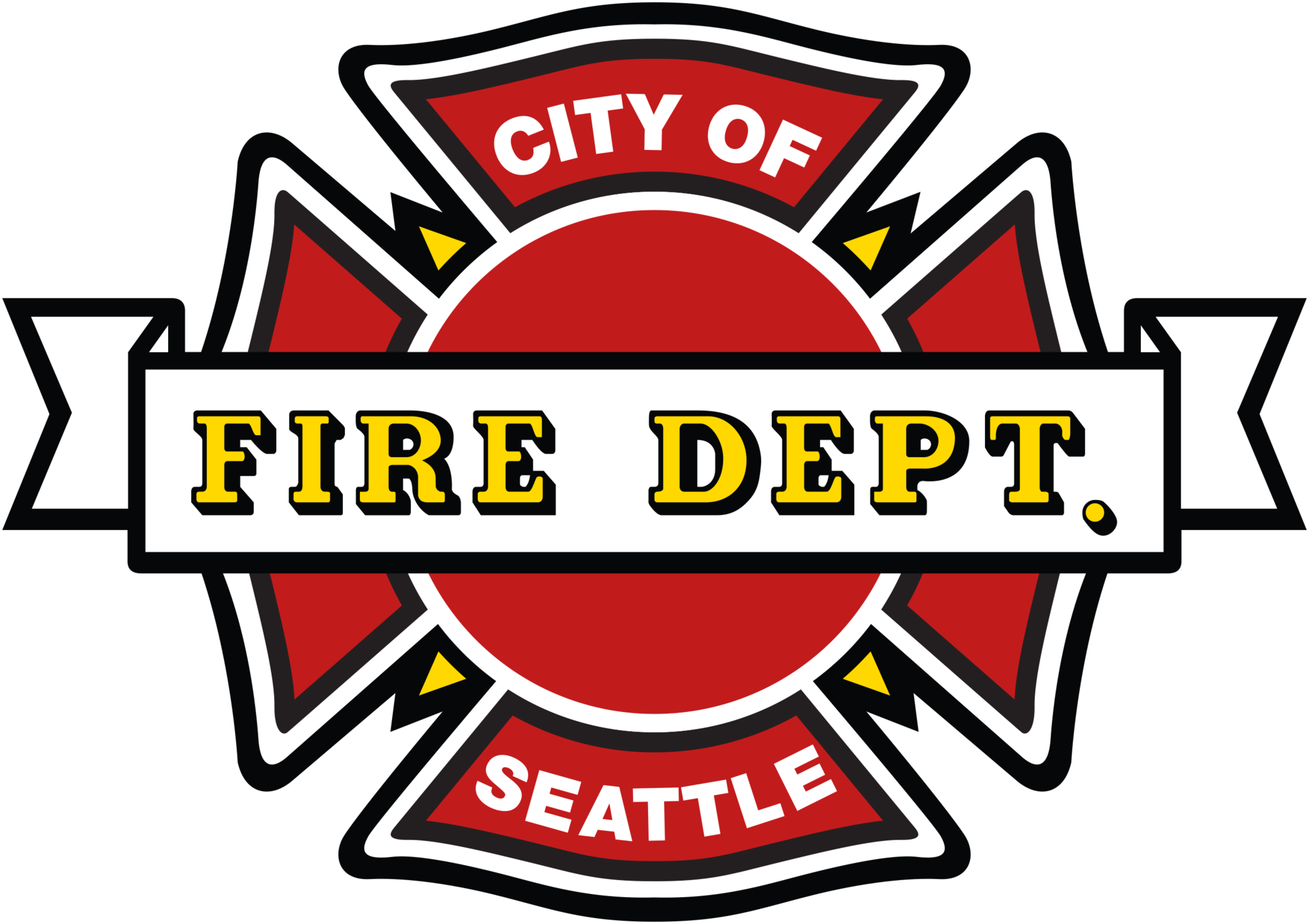Seattle Fire Department launched an initiative to avoid “false” (preventable) alarms.
Preventable alarms include:
- Any activation of a fire alarm system that results in notification to Seattle Fire Department that leads to a response by Seattle Fire Department when no such danger exists; examples include cooking, smoking, steam and improper use of manual fire alarm pull stations

- All activations when there is no fire, when such activations are caused by mechanical failure or malfunction due to insufficient or improper testing and maintenance, accidental activation, malicious activation, or misuse
- Does not include activations caused by weather conditions, telephone problems or natural disasters
There is no penalty for the first preventable alarm during a calendar year quarter, for a total of up to four waived alarm penalties each year for every building. Thereafter, penalties are $373 for two to five violations in the same quarter of a calendar year, or $746 for six to eight violations in a quarter, or $900 for nine or more violations in a quarter.
Seattle Fire Department responds to over 5,000 false or preventable fire alarms every year. Roughly one in three fire calls received by the Seattle Fire Department each year are false alarms, many related to a lack of proper system maintenance. Preventable alarms take first responders and fire engines out of service for other emergency calls. The large number of false alarms puts a heavy burden on the entire system and reduces the ability to protect property and preserve lives for all who live, visit and work in Seattle.
Seattle Fire Department has prepared information about the most frequent sources of preventable alarms and steps you can take to reduce them.
For your safety, please keep in mind:
- All fire alarm activations should be taken seriously.
- Never assume it’s a false alarm.
- Building occupants must evacuate when the alarm sounds.
- If something is on fire or you see smoke, use the nearest manual pull station to activate the fire alarm, then call 9-1-1.
- Manual pull stations are typically located near exit doors on each floor.
Please visit the Fire Safety and Prevention page and contact Scott Nelson for more information.